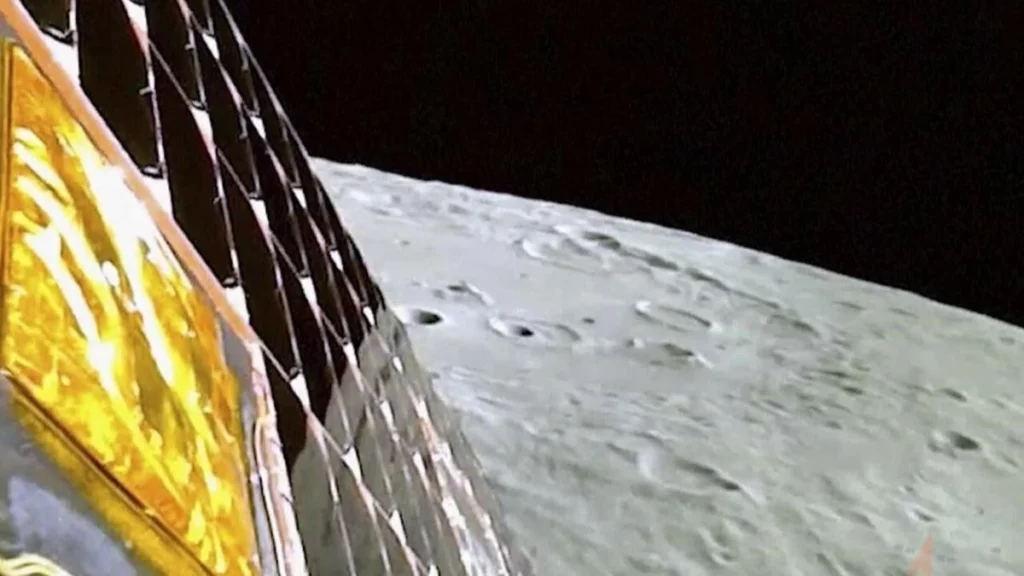
India’s lunar rover has confirmed the presence of sulfur and detected several other elements near the moon’s lunar south pole, the country’s space agency announced on Tuesday.
The rover’s laser-induced spectroscope instrument also detected aluminum, iron, calcium, chromium, titanium, manganese, oxygen and silicon on the lunar surface, according to the Indian Space Research Organization.
The lunar rover descended down a ramp from India’s spacecraft lander following last Wednesday’s touchdown near the moon’s south pole. The Chandrayaan-3 Rover is expected to conduct experiments over a span of 14 days.
Read More: Moon mining – Why major powers are eyeing a lunar gold rush
The mission is in search of signs of frozen water that could aid future astronaut missions, serving as a potential source of drinking water or for producing rocket fuel.
India’s efforts contribute to a race involving major powers the United States, China, and Russia, all striving to uncover more information about the elements present on Earth’s only natural satellite.
“One of the biggest challenges is the harsh environment of the Moon. It is bombarded by radiation from the Sun, and its surface is covered in dust that can be abrasive and corrosive. Designing space tech that can withstand these harsh conditions is a highly complex process,” said Shri Charan Padala, principal analyst on the Thematic Intelligence team at GlobalData.
“Another pivotal challenge is the burgeoning expenditure of lunar mining. The cost of launching a satellite or a spacecraft to the Moon is still very high, and this will need to come down before lunar mining can be economically viable.”
India’s success came just days after Russia’s Luna-25, which was aiming for the same lunar region, spun into an uncontrolled orbit and crashed. It would have been the first successful Russian lunar landing after a gap of 47 years.